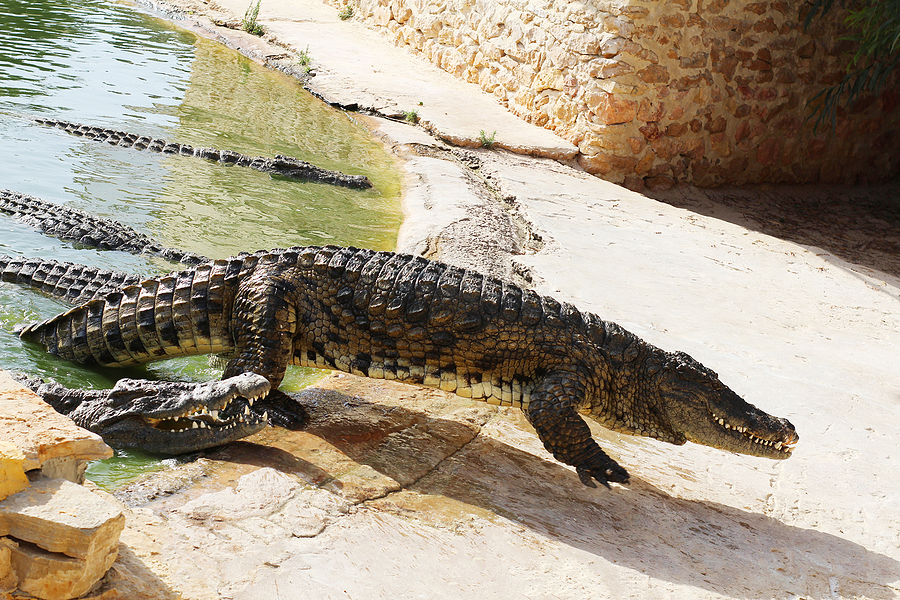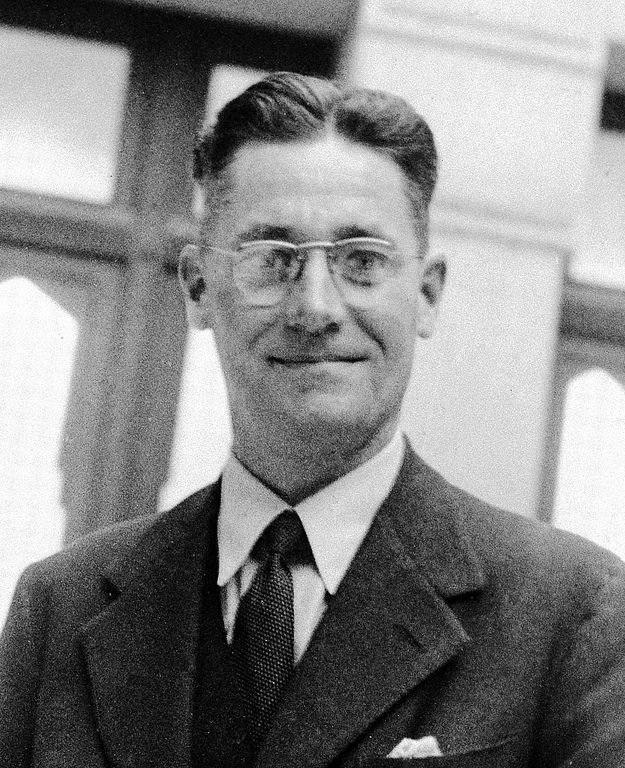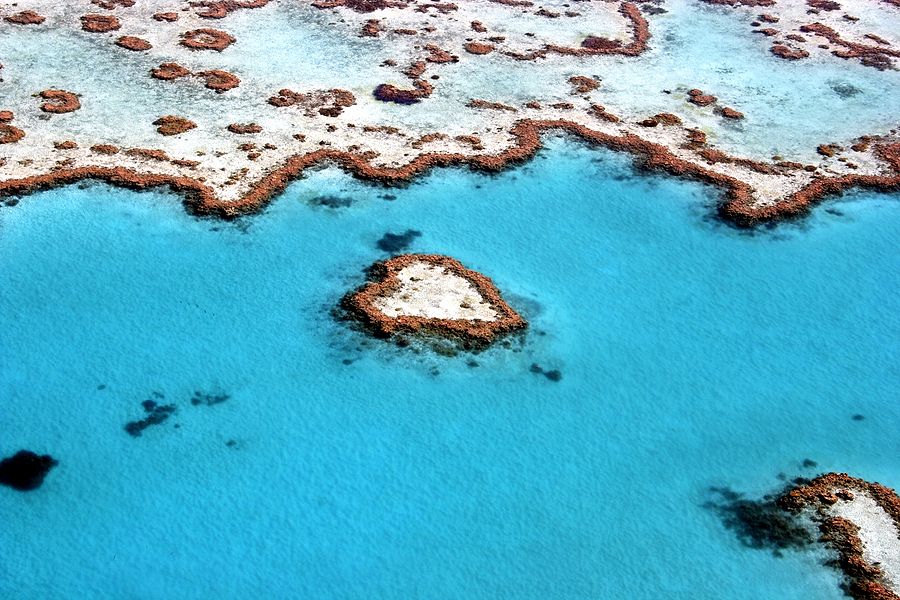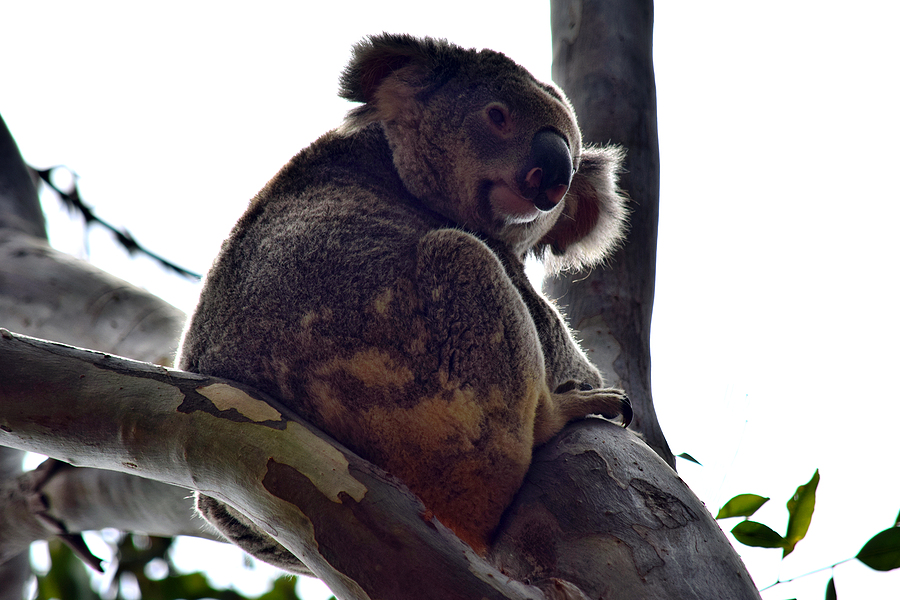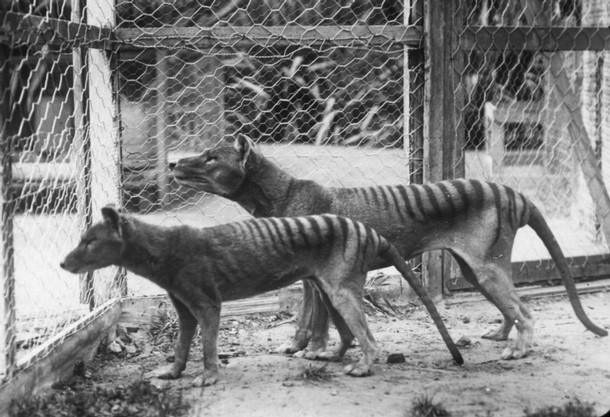Bashar Ibrahim was an initial researched in the 2010 outbreak of SARS in China and MERS in the Middle East, and was on the vaccine development and research team for both viruses during that period of time. His research was specifically also based on the transmissibility of both viruses, and consequently his research on the …


